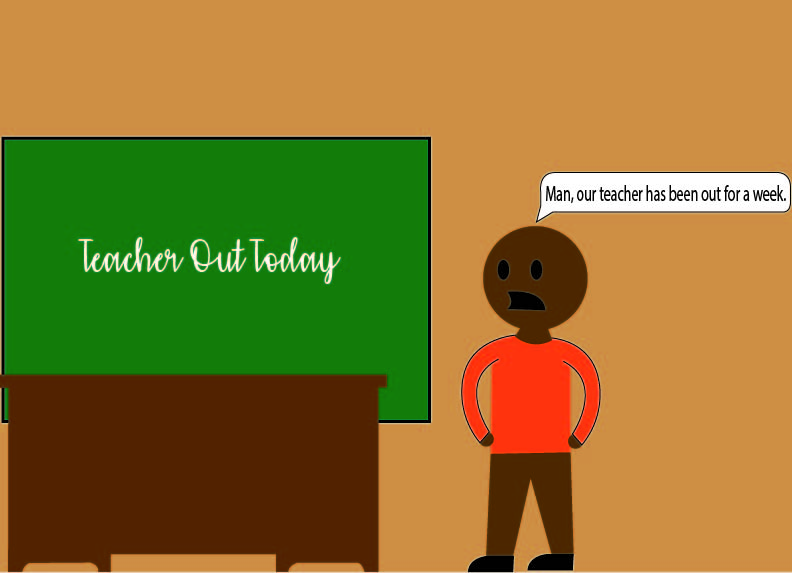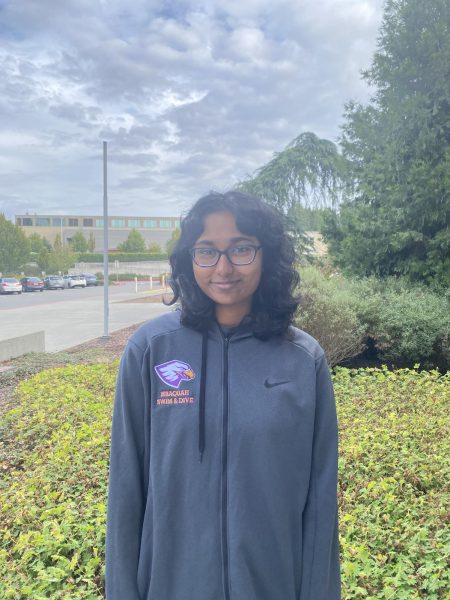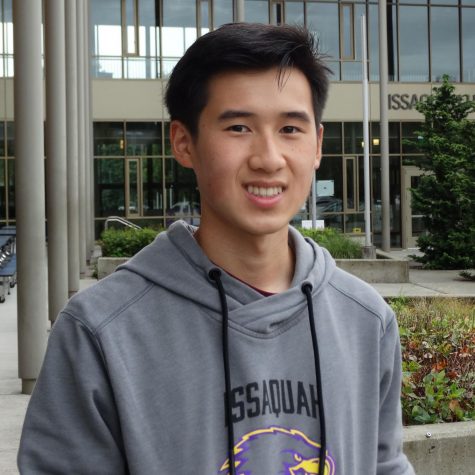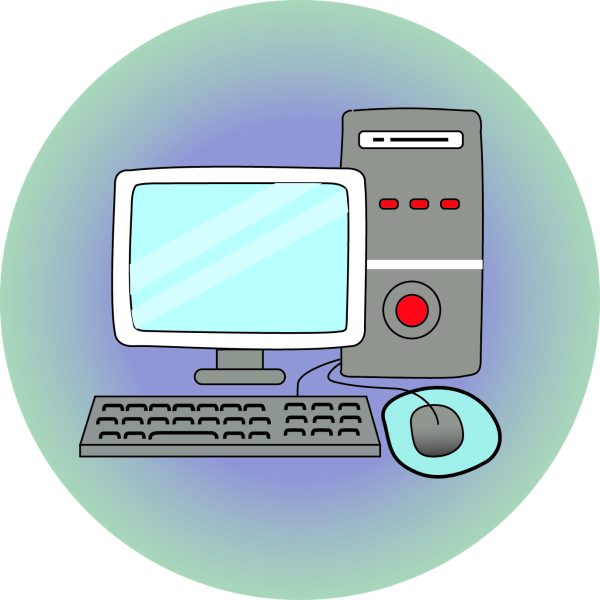The Staffing Shortage
February 18, 2022
With the spread of COVID-19 through variants such as Omicron, it is no surprise that schools across the nation are facing staffing shortages.
COVID-19 cases have led students and staff to call in sick with growing frequently. In Washington, the Seattle and Bellevue school districts in particular have been harshly hit. Junior Oliver Ohrt states, “I have heard that in some districts, like the Seattle school district, they’ve closed school for a couple days, because they did not have the staff to open.”’ This is confirmed within the district site, and hallmarked within news sources like The Seattle Times. The Issaquah School District is not immune to these shortages, with interviewed students reporting that more teachers were absent in the 2021-22 school year than in years past.
The rise in teacher absences has led to the demand for substitutes increasing drastically. Spanish teacher Kay Vazquez explains how she chooses substitute teachers, stating “I only know two subs personally, and only one of which knows a bit of Spanish, so I request her first, and if she’s not available, I have to put in a substitute request.” Within the Issaquah School District, substitute requests are placed onto a sheet shared on the district website, where registered substitute teachers can sign up for open roles.
Presumably, the high demand for substitute teachers would lead to more positions for subs being open; however, substitute teacher Douglas Hightower explains how the demand also leads to him teaching more classes, stating, “You [sign] up for a teacher for a class, and you learn that everyone’s out, so next thing you know, you are subbing for six different classes.” This leads to substitute teachers being spread thin across various subject matter they may or may not be familiar with, causing stress for the student and substitute. “And that is what causes apprehension, because it’s like, where will I be? Will I be teaching classes I know the subject matter in?” explains Hightower. However, last year’s remote schooling format has helped teachers develop resources that lessen the impact of their absence and assist the substitute teacher. Ohrt states that when his math teacher is absent, “Usually there is a video of a math teacher talking.” These videos are projected onto a screen by a sub, and the students typically take notes to the teacher’s recorded lesson. Most other teachers “leave sub notes” according to freshman Mason Uchimura. These resources allow material to be taught to the students even if the substitute is unfamiliar with the subject matter, helping schools to be effective even in times where COVID-19 cases are frequent.
The requirements to become a substitute teacher can impact availability, with Washington state qualifications to obtain a Substitute Certificate requiring “the same level of preparation as a regular Teaching Certificate” according to the Washington Office of Superintendent of Public Instruction website. This consists of holding a bachelor’s degree, and completion of “an approved teacher preparation program through an accredited institution, or an approved alternate route program, or three years of full-time, out of state teaching experience and hold a REGULAR out of state teaching certificate,” says the same website. The extensive certifications may serve as a blockade to substitute teachers, and decrease the amount of possible overall subs.
Of course, the requirements to become an emergency substitute teacher are different. To attract more substitutes in times where districts are extremely short staffed, the qualifications for emergency substitute teachers are made much simpler, needing an “application initiated by employing school district and completed by educator” according to the Washington Office of Superintendent of Public Instruction website. In simple terms, this means that the district can regulate eligibility terms, and may be solely composed of a short training program combined with an application. The lower number of requirements for emergency subs serve to raise the number of people eligible for it, thus increasing the possible substitute pool; something very necessary when schools are severely understaffed.
Even with this accommodation, oftentimes teachers cannot obtain a substitute via request, and instead have other full-time teachers substitute for them. Sophomore Arya Krishnamoorthy states, “A very common occurrence [this year], is that the vast majority of times I have subs, they’re other teachers.” Vazquez elaborates on this, stating, “Sometimes the admin has to come if there are not enough subs or teachers who want to do it. [Teachers] are not required to [cover other classes].”
With the rise of non-specialized substitute teachers, it seems plausible that students’ learning would be heavily disrupted; however, senior Morgan Jenkins states, “For most of my classes, it’s fine. For some of the classes it would be better to have the actual teacher there, but we still learn things and get things done. It is just not quite as productive.” Other students agree to various extents, Krishnamoorthy stating, “Sometimes it is frustrating, because we can’t ask questions. It’s usually not a big deal though, because a lot of the times, we usually just do worksheets.” However, there was a general agreement among the interviewed students that their learning is generally smooth, and that between websites, the substitute, and other students, a day of teacher absence will not heavily impact students’ overall learning.
Substitute teachers play an important role in ensuring that students can learn properly, carrying out instructions from the teacher, and ensuring that school can stay open. With the rising surge in coronavirus cases, school districts are facing staffing shortages; however, they are implementing tactics to try to stay open, and provide students accessible, in-person, education.







